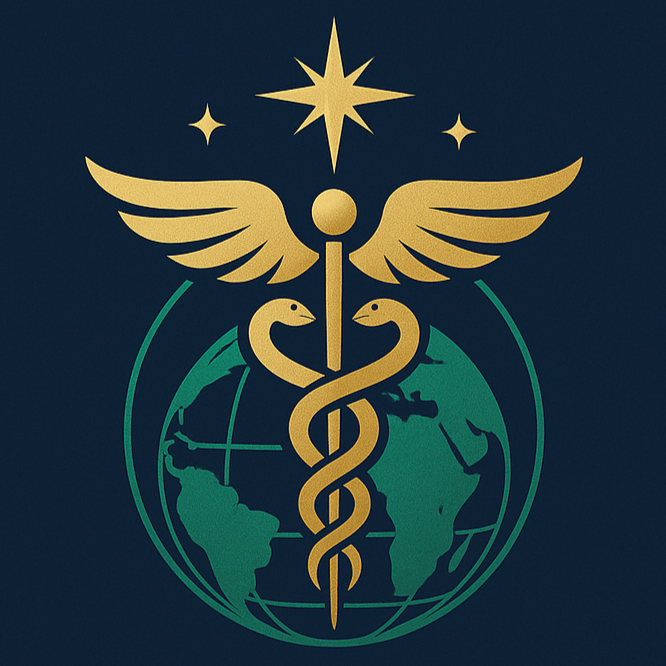Biological Bone Reconstruction 骨肉瘤之生物性骨重建術
當患者因骨肉瘤或其他惡性骨腫瘤需接受腫瘤切除手術時,會留下大段骨缺損。使用異體骨或回收自體骨進行生物性重建手術,在骨整合效果、骨質恢復、尺寸與形狀的適配性,幫助患者保留肢體、恢復活動力,是許多患者在面臨截肢或人工關節之外的理想選擇。
1. What is Biological Bone Reconstruction?
Biological bone reconstruction refers to the use of real bone to repair bone defects following surgery. These bones can come from:
Allograft : Bone donated by another person.Recycled Autograft : The patient's own tumor-bearing bone, which is specially treated and then re-implanted into the body.
Using either allografts or recycled autografts for biological reconstruction offers clear advantages in terms of bone integration, quality restoration, size and shape matching, and long-term durability.
2. Methods for Processing Recycled Bone
After completing adjuvant chemotherapy, the patient will undergo wide tumor resection. When an osteosarcoma or malignant bone tumor is extensively removed, a large bone defect is left behind. Orthopedic oncologists then use real bone (allograft or recycled autograft) to reconstruct the area.
The two most common methods for processing recycled autografts are:
1. Extracorporeal Irradiated Autograft (ECIR)
The removed bone segment is wrapped in sterile gauze and sealed in a double plastic bag. It is placed in a linear accelerator and irradiated with a single dose of 150–300 Gy to ensure all tumor tissue is destroyed. The treated bone is immediately re-implanted into the body and fixed with internal fixation devices.
2. Liquid Nitrogen Cryotherapy
The resected bone is frozen in liquid nitrogen at -196°C for 20 minutes. It is then thawed at room temperature for 15 minutes and further thawed in distilled water for 10 minutes. The treated bone is re-implanted and stabilized with internal fixation.
3. Clinical Outcomes and Advantages
Outcome Clinical Results:
- Bone union rate within 9 months >90%
- 5-year limb salvage rate 93%
- Bone graft survival rate 88%
- Average functional recovery score 88/100
- Tumor recurrence in the grafted bone 0 cases
- 5-year overall survival rate 83%
This technique offers significantly better outcomes than tumor prostheses (which have a survival rate of 60–70%) and more closely resembles natural bone structure.
Potential Risks and Management
-
Infection: May require antibiotics or additional debridement surgery.
-
Graft fracture: May require revision surgery.
Most complications occur within the first three years post-operation and are generally manageable with surgical intervention.
4. Frequently Asked Questions (FAQ)
Q: Is the surgery painful? How long is the recovery period?
A: Pain is controlled with medication post-surgery. Recovery typically takes 3–6 months, depending on individual patient conditions.
Q: Is there a risk of recurrence?
A: According to Taipei Veterans General Hospital's clinical records, there have been no cases of tumor recurrence within the recycled bone.
Q: When can I walk again?
A: Partial weight-bearing is usually possible within 1–3 months after surgery, based on bone healing progress and your physician's evaluation.
若您想進一步了解是否適合接受生物性重建手術,請聯繫我們,我們會根據您的病情聯繫台北榮總骨科團隊,並提供最合適的建議與治療計畫。

